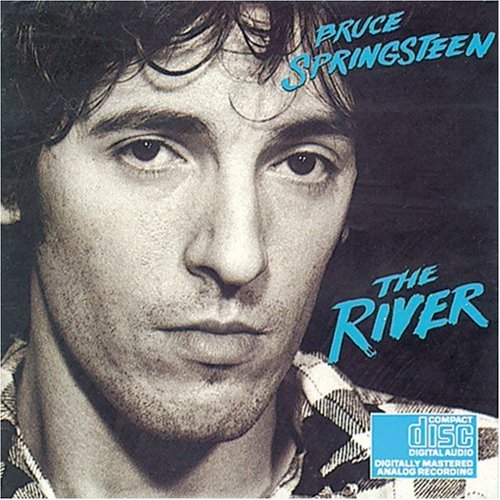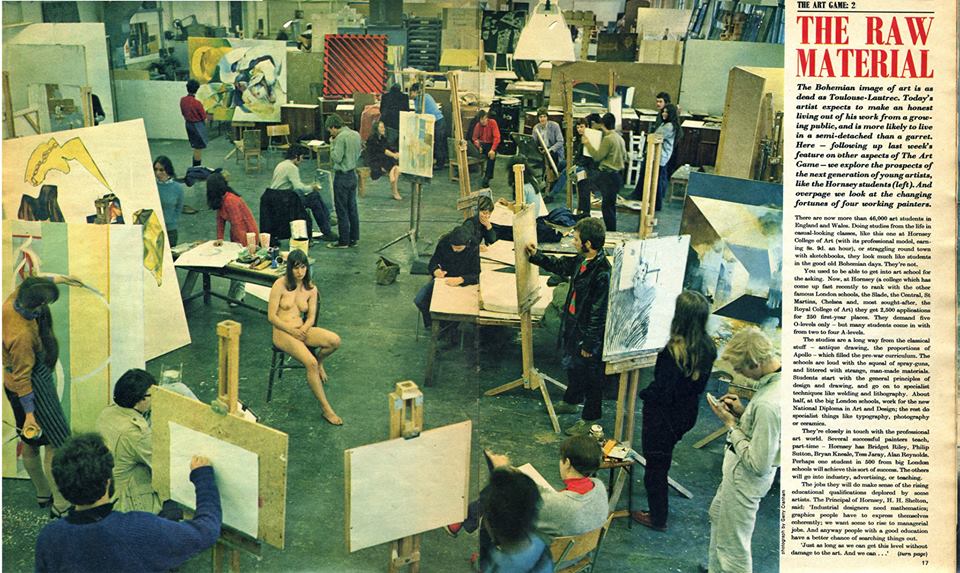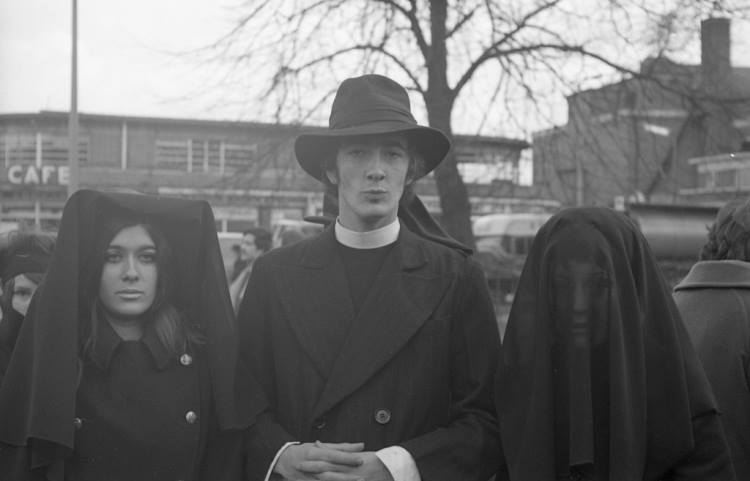
“We cannot obscure the creative phenomenon independently of the form in which it is made manifest. Every formal process proceeds from a principle, and the study of this principle requires precisely what we call dogma. In other words, the need that we feel to bring order out of chaos, to extricate the straight line of our operation from the tangle of possibilities and from the indecision of vague thoughts, presupposes the necessity of some sort of dogmatismâ€.
Igor Stravinsky “Poetics of Music†1
“….knowing must therefore be accompanied by an equal and equivalent capacity to forget knowing.â€
Lapique by Jean Lescure 2
“I believe that art is the interpretation of emotion and consequently of the idea. I recognize that the discipline of the technique is necessary to this emotion, and at present I feel that the simpler the technique and more limited, the better the idea emerges.â€
Henri-Gaudier Brzeska – Letter to Sophie Brzeska 3
“As I squeezed out everything that smacked of literature…I was so naturally a painter that the two arts, with me, have co-existed in peculiar harmony – there has been no mixing of the genres.”
Percy Wyndham-Lewis – Super-Nature V Super Real 4
“The poet thinks in images – art cannot teach anything – write across the paper instead of on the linesâ€
Andrei Tarkovsky – Sculpting in Time 5
“Works of first intensity obey the dictates of their own material, works of second intensity imitate and ‘disperse’â€
Ezra Pound – Theory of Imagism 6
“No ideas but in thingsâ€
William Carlos Williams – ‘A sort of song’ 7
Welcome to the Future. We live in a supposedly always on ‘digital’ age where ideas and concepts like megabytes freely flow across borders. In this ‘Alter-Modern’ world all previous states of the avant-garde have been absorbed, rendered obsolete or simply been ‘re-configured’ if we believe ‘postmodernism is coming to an end’ (Tate Gallery Alter-modernism 2008) .
The modernist quotes above are not instantly available from the internet. They were all written down painstakingly by hand by the author into a folder of ‘art notes’ kept during the heyday of his physical practice in the 1980’s. They are not easily dropped into facebook or to be found on twitter yet they have an immediacy and a relevance, in my opinion, to the current debate around the manipulation and ‘dumbing down’ of certain parts of the international art world.
We live in such a ‘sound-bite culture’ that it becomes easy to forget that the achievements of the original modernists were hard won and against prevailing trends. In this ‘connected’ world where vacuous posturing and dilettante ‘intellectualism’ reign supreme it can be chastening to read anything from an artist in the early part of the 20th century especially against the din of success and ‘flash’ fact or fiction.
What was once the preserve of a ridiculed and elitist band be it in Bloomsbury or Manhattan has become a far more fluid, fractured and fashion-orientated ‘scene. That scene bares little resemblance to the world of Wolf, Bunting and Yeats, Pound and Eliot. Maybe that is a ‘democratic’ good as some would argue but year on year the ‘cutting-edge’ of this new cyber ‘elite’ becomes more blunted, more introspective and less vital. The death of Dash Snow is somehow emblematic. His threadbare output couched in bohemian verbiage and his limited artistic estate popularised and administered for the best return but all along we know this is merely role-play. This is an affectation of avant-garde principles not the real thing.
So where did the cutting edge lose its cutting quality? Do we ransack the archives for the exact moment? Was it Fluxus…..Cobra.. was it Barcelona or East Village….Miami or Berlin? Myths outweigh the reality.….
So do we examine the avant-garde’s apparent ‘implosion’ against a wider backdrop? In terms of my own practice it became most apparent in the mid to late 1980’s. It seemed then and seems now that the very process of ‘making’ itself started to lose ‘currency’ for a certain part of the art world and ‘thinking’ or at least the affectation of thinking became its default replacement. The internet of itself had hardly begun then so it cannot be blamed for creating the phenomenon but its arrival did signal a massive acceleration in the propagation of singular themes and certain dogmas.
The web allowed disparate and possibly provincial scenes to merge and intellectual bodies, be it in studio groups or academia, to find common cause and we began a new era of unacknowledged ‘dogma’. The idea that ‘knowing could be accompanied by an equal and equivalent capacity for not knowing’ was anathema to minor talents emboldened by group certainties. This new ‘certainty’ translated swiftly by osmosis into a new dogmatism in the academies of learning. One not only shouldn’t get one’s hands ‘dirty’ with the reality of stuff but one could quickly pick up a intellectual (usually French) justification for not toiling away in a studio. From being places of ‘instruction’ the academies became places of ‘imitation’.
In Pound’s words we had arrived at a period dominated by works and artists of ‘secondary intensity’….imitation was and is still rife. To walk round a modern art college is to view the international art world as seen in a magazine then turned into a template and recast again and again. The place of ‘ideas’ became an ancillary to career development. The idea that an artist should struggle with the physical aspect of paint or steel became ‘old-fashioned’ as artists busily networked and contrived ever more fanciful variations on themes. Yet the concept of a ‘new’ idea hard won through years of toil as exemplified by many an early modernist suddenly fell from favour. Art markets gorged on the fountain of investor’s money and had no time to wait. Careers exploded, imploded and fortunes were made as a completely new industry was born.
That industry fed on secondary works of art. Certain artists with either too much integrity or an inability to jump on the bandwagon continued to apply the methodology and principles of the works of first intensity but were and are increasingly ignored. Fractured by the new ‘everybody wins’ cash imperative these two art worlds began to exist side by side. They still do.
So if this analysis is correct and the art world has become a double-headed beast how do we then is the artist to proceed? How do practicing artists produce artworks in a fractured system? Or is it impossible to actually function in a dysfunctional model?
Despite convincing evidence to the contrary there are reasons to remain optimistic. It is hard to believe that technology will actually affect the outcome as much as it once appeared to be doing. Cyber reality is so different to actual reality that, apart from the most obsessive 3-d avatar driven individuals, there will come a time when fashion in the art-world will swing back towards experiential theory and fully craft-based instruction systems. The signs are there that this is already occurring. Students brought up on a screen-based diet are finding the simple pleasures of drawing and writing to be vastly more satisfying than photo-shopping and pointing camcorders at anything and everything. This is because the complexity of actual hand-eye co-ordination goes beyond anything achievable through point and shoot technology.
Practice….or creating artworks.. or simpler still ‘creating’ will increasingly draw on a constellation of ‘inputs’ and ‘outputs’ some of which may be digital some of which may not. The underlying patterns of investigation and exploration that create meaningful artworks will need to resolve and connect with the early modernist programmes and the depth of intellectual and practical endeavour they represent.
No ideas but in things?
—————————————————————————————————————————–
Endnotes
1. Stravinsky, Igor ‘Poetics of Music in the form of six lessons’ Harvard University Press Cambridge 1947
Available from: http://www.archive.org/stream/poeticsofmusicin002702mbp#page/n17/mode/2up
Accessed 6.01.2010
2.Jean Lescure, Lapicque, Flammarion, 1956
3. Ede, H. S. Savage messiah / by H.S. Ede Fraser, London : 1971
4.Wyndham Lewis on Art: Collected Writing 1913-1956.
Introduction and notes by Walter Michel and C.J. Fox. London: Thames and Hudson, 1969.
5. Andrey Tarkovsky, Sculpting in Time – Reflections on Cinema, The Bodley Head, London, 1988
6. Pound’s artists: Ezra Pound and the visual arts in London, Paris and Italy
Richard Humphreys, Tate Gallery, 1985
7. Williams William Carlos The Wedge The Cummington Press 1944
Available from: http://www.tate.org.uk/britain/exhibitions/altermodern/
Accessed: 06.01.2010







Recent Comments